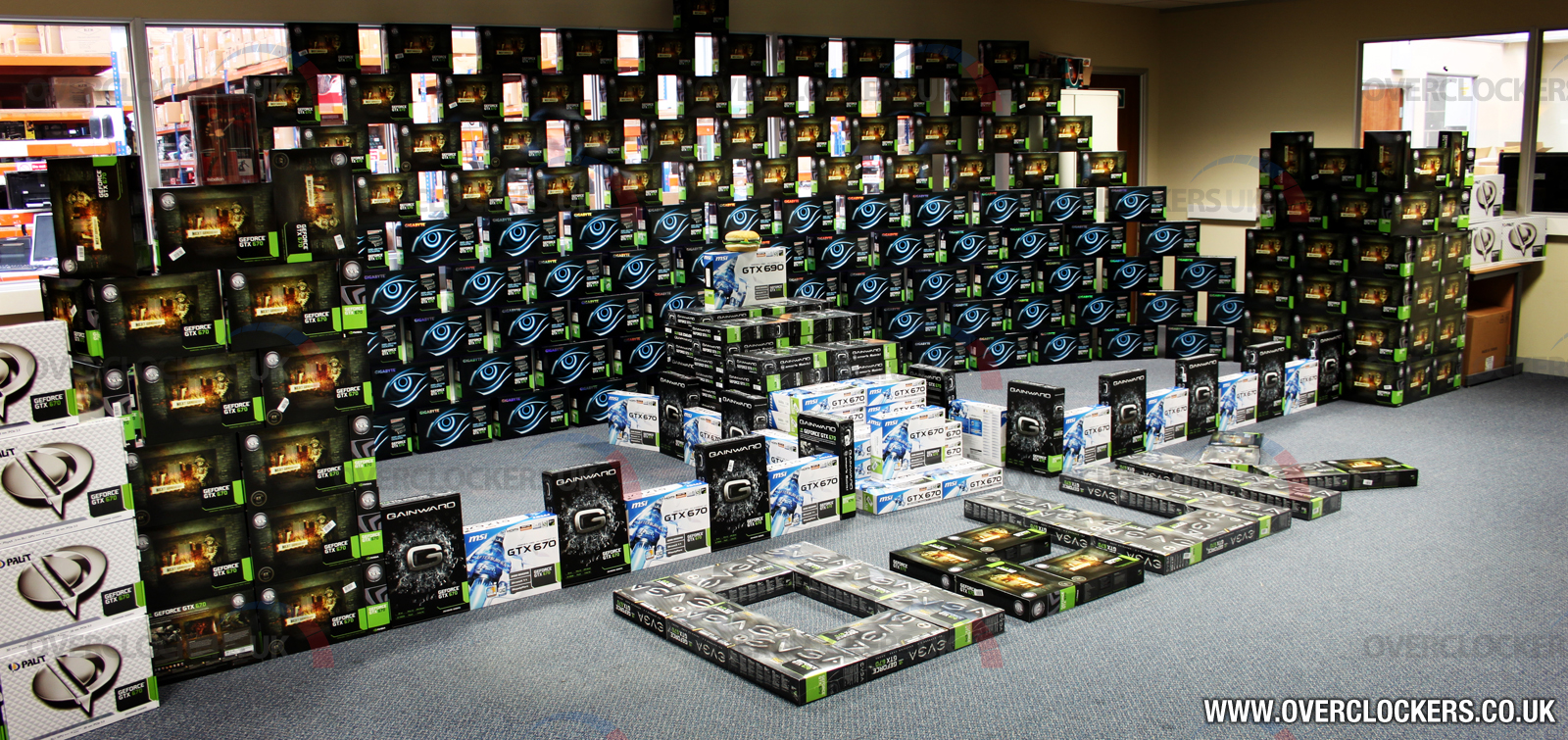DavidGraham
Veteran
I seem to remember you making a promise to improve the frequency of English-written pieces in your respected site , however the situation is becoming worse overtime , I can hardly spot any English article at all , as such your site has dropped out of my radar for quite sometime now , I really hope that will change soon .You might like this then:
http://www.pcgameshardware.de/aid,882634/Geforce-GTX-670-Test/Grafikkarte/Test/?page=3

